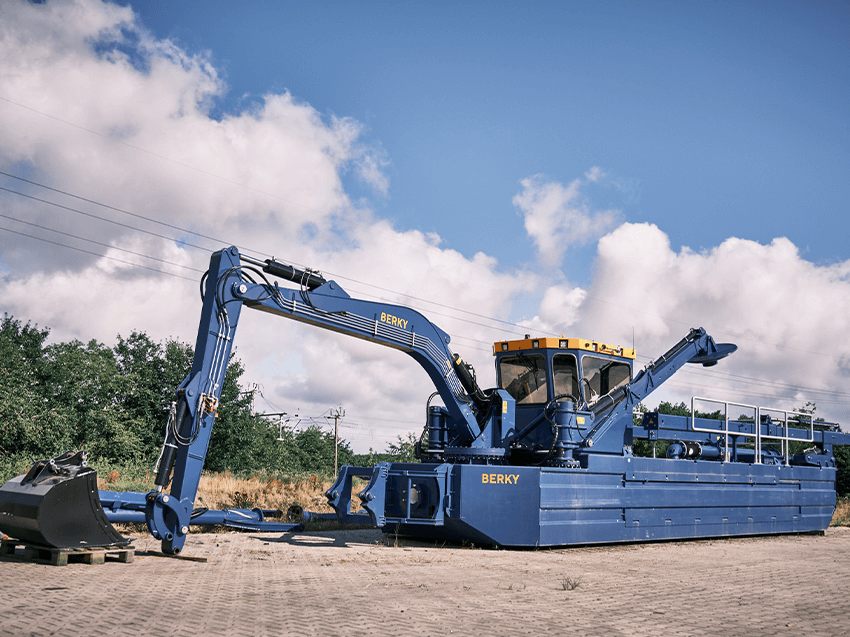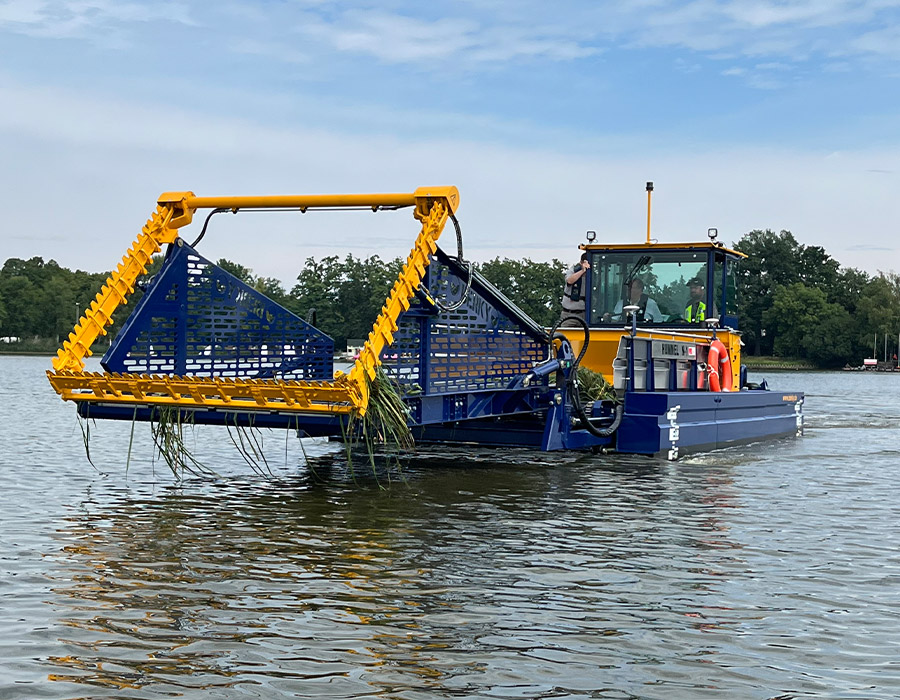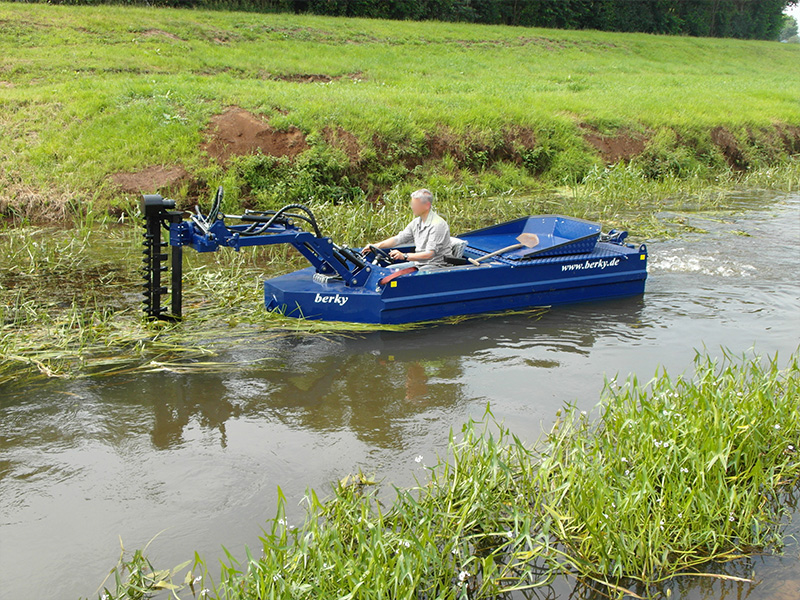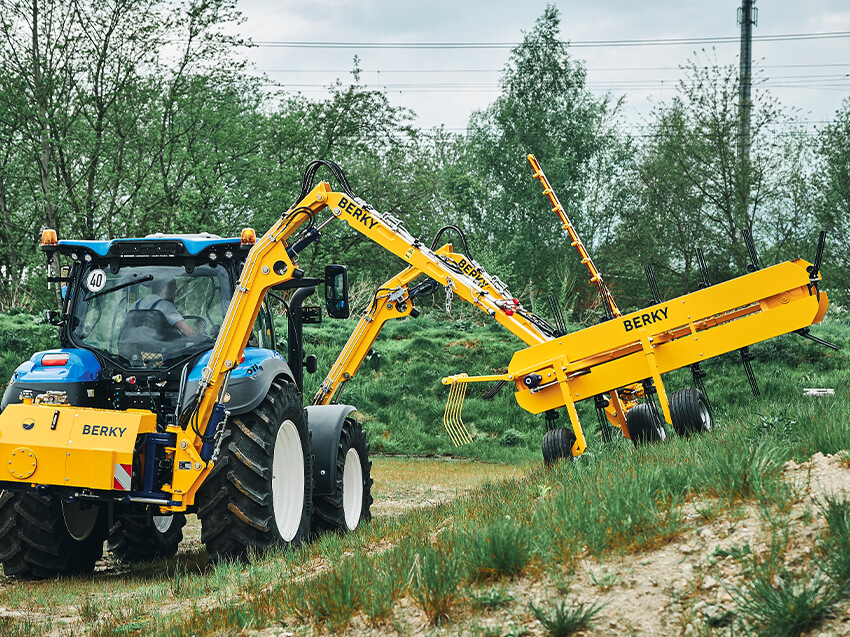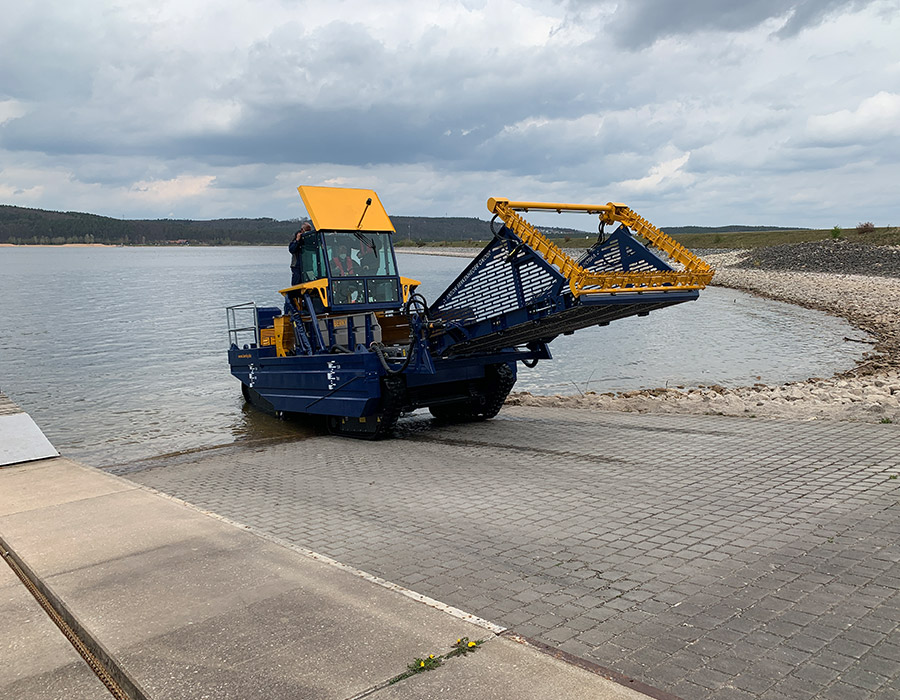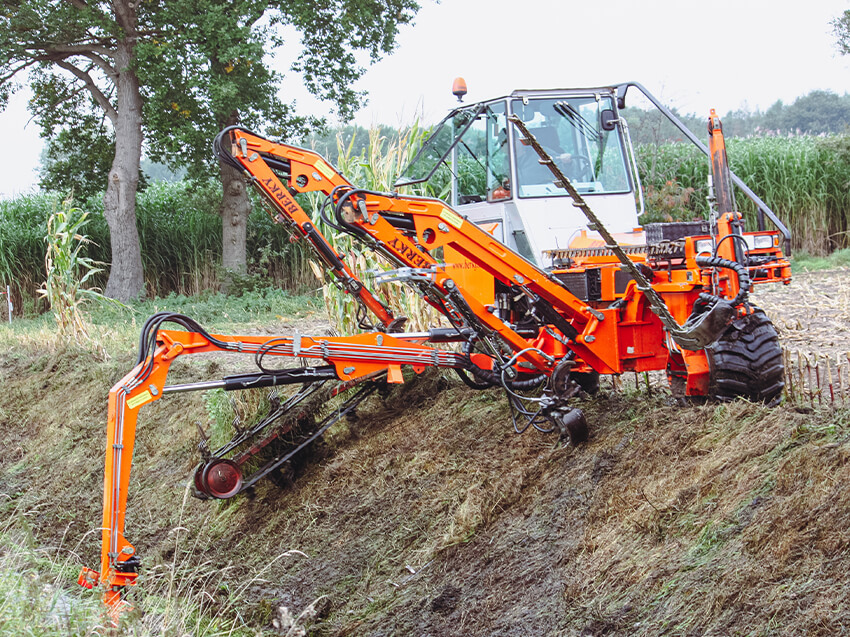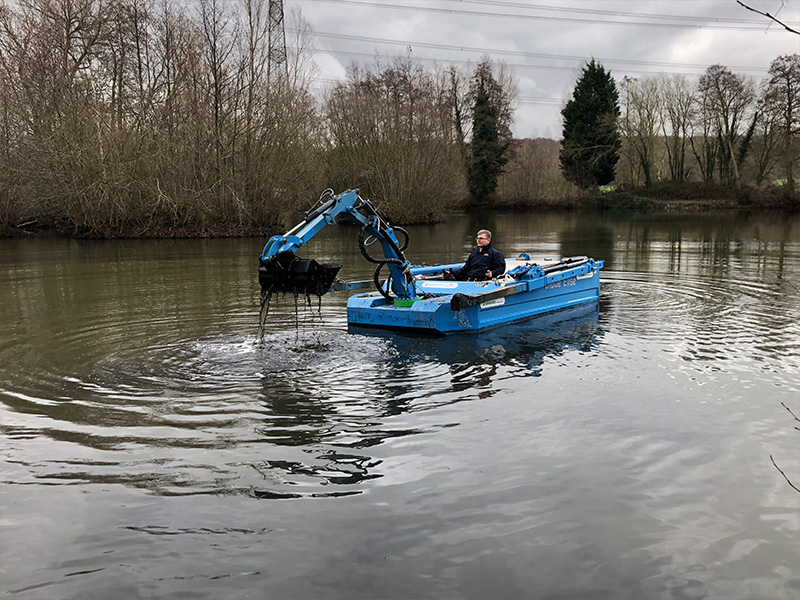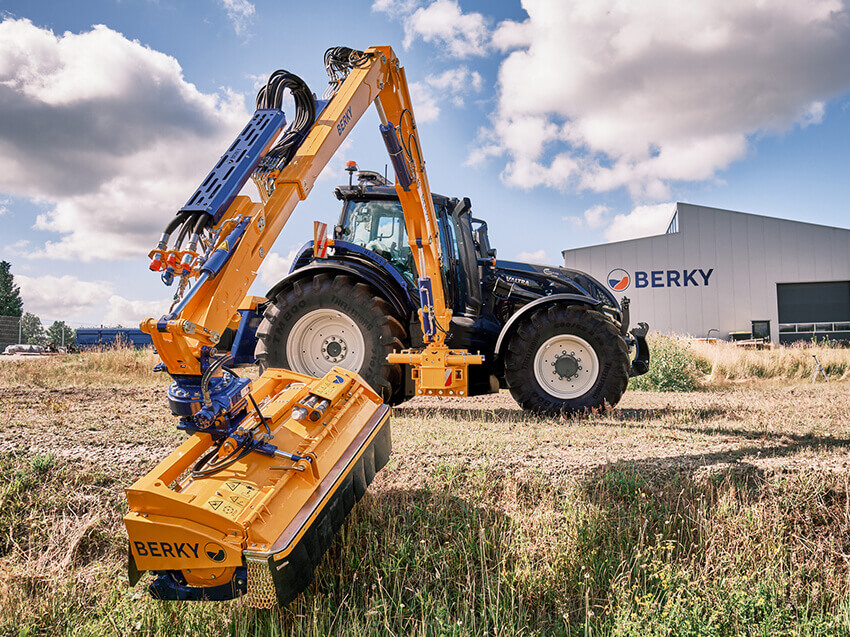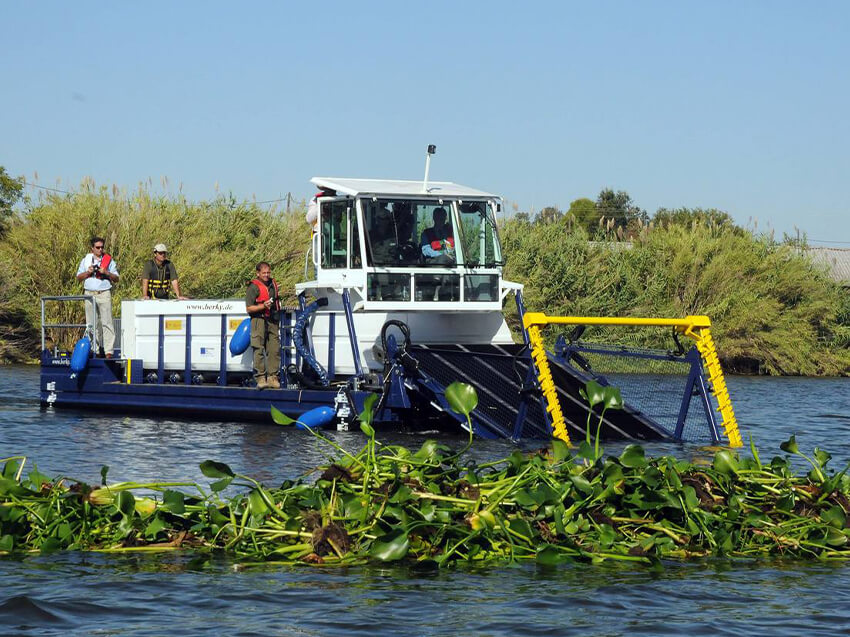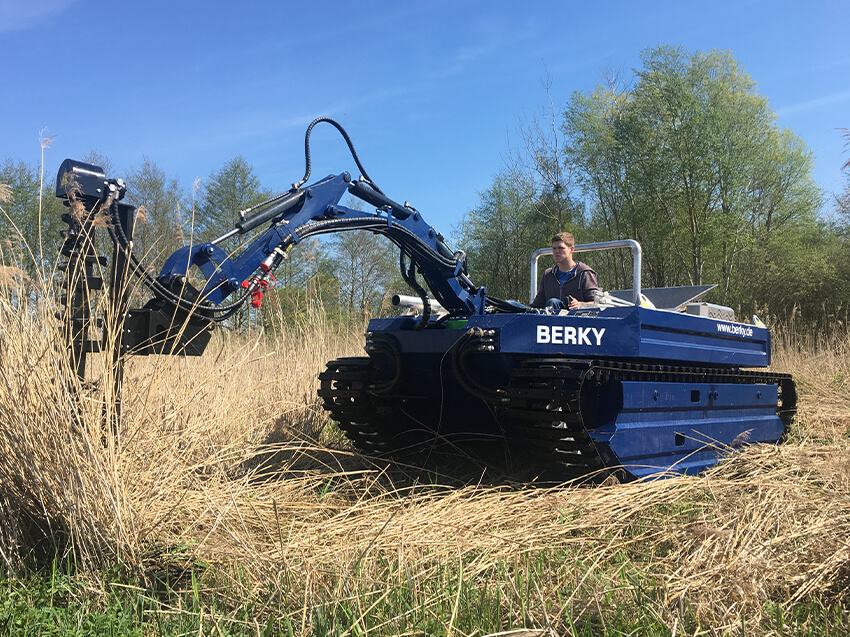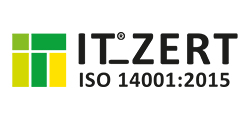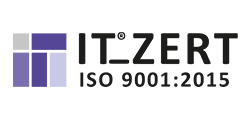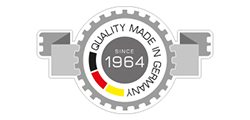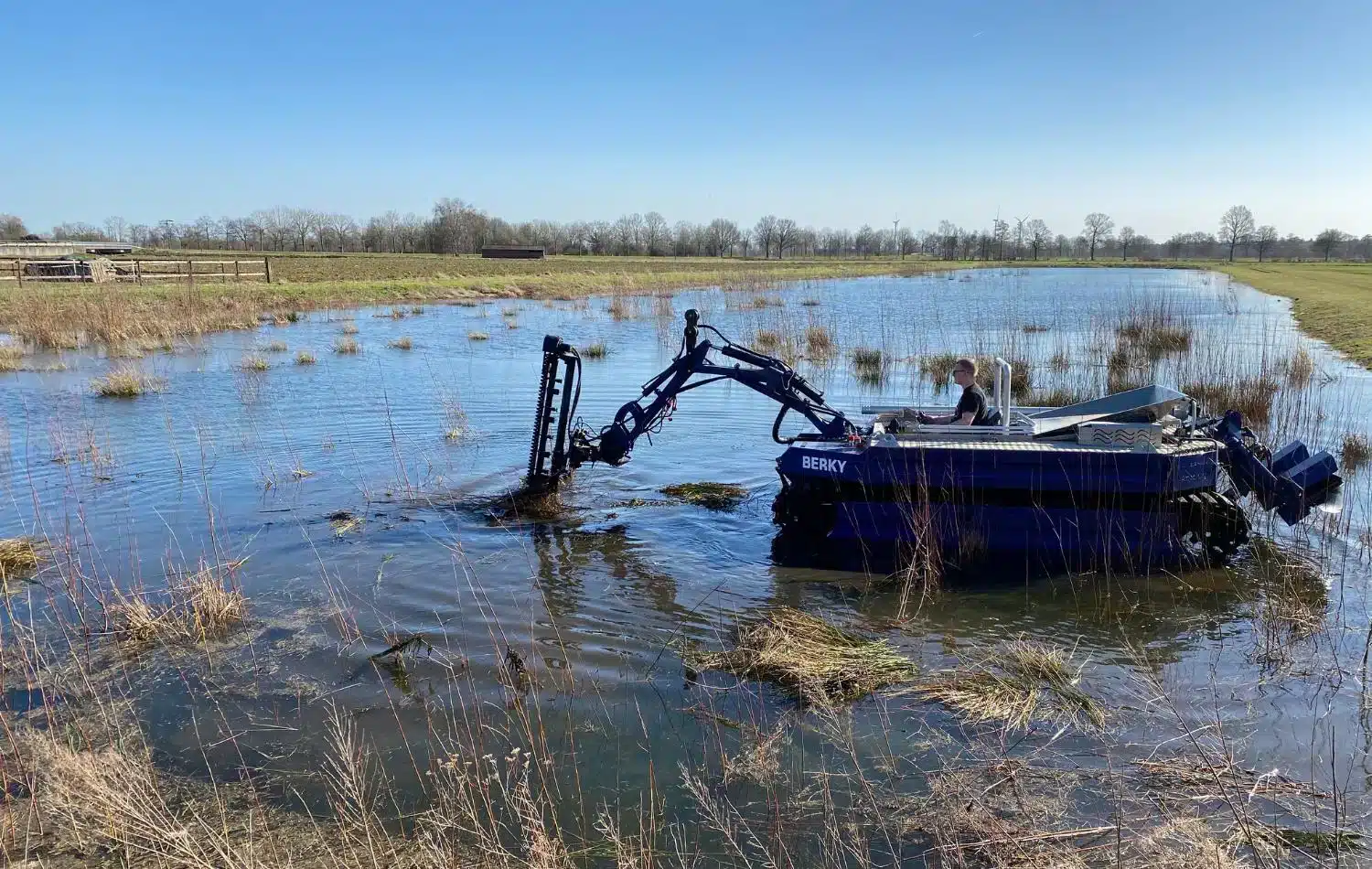
Effective Lake Restorations to Remove Weeds, Prevent Flooding and Restore Water Quality
What’s threatening your healthy ecosystems and clear Water?
Over time, lakes face increasing environmental pressure. Without regular maintenance and professional lake restorations, sediment, nutrient buildup, and invasive weeds can take over. The result is murky water, thick muck, and aggressive algae in lakes that disrupt ecosystems and limit recreational use. As water depth decreases, the risk of flooding rises. Left unchecked, these problems escalate quickly.
Before and After
Algae in Lakes, Muck and Weeds – How to get rid of it?
Effective lake restorations begin with understanding what’s happening below the surface. Excessive weeds and built-up muck not only impact the appearance of a lake – they also block water flow, reduce oxygen levels, and create ideal conditions for algae in lakes. Over time, this leads to murky water, unpleasant odors, and a loss of biodiversity.
Restoring balance means removing what doesn’t belong and supporting what does. Whether through targeted lake weed removal, improved flow, or pond and lake cleaning, thoughtful interventions help protect water quality, maintain depth, and prevent flooding – laying the foundation for a healthier, more resilient ecosystem.
Risks of Avoiding Lake Restoration
What Happens If You Don’t Act?
Lake Weeds Block Sunlight and Harm Biodiversity
Unchecked aquatic weeds can quickly take over a lake, forming dense mats that block sunlight from reaching underwater plants. This disrupts the natural oxygen cycle, harms native species, and accelerates the growth of algae in lakes. Over time, ecosystems collapse, and water quality suffers.
Effective lake restorations focus on restoring light, flow, and ecological balance. Removing excess vegetation and built-up muck is essential to support biodiversity and improve water quality.
Dredging a Pond Can Prevent Flooding and Infrastructure Damage
Sediment buildup is a natural process in ponds and lakes, but over time it significantly reduces water depth and capacity. During heavy rainfall, this can lead to overflow, erosion, and even infrastructure damage downstream. By restoring depth and improving flow, lake dredging helps manage excess water more effectively and prevent flooding.
As part of comprehensive lake restorations, sediment removal plays a key role in maintaining the natural function of water bodies, especially in urban or agricultural areas where controlled drainage is essential.
Lake and Pond Cleaning Methods
From Manual Effort to Machine Power
Managing weeds and sediment in lakes often starts with basic, manual methods. While these may offer temporary relief, they quickly reach their limits – especially in larger or heavily affected water bodies. Sustainable lake restorations require more effective strategies to tackle persistent problems like algae in lakes, dense vegetation, and built-up muck. Transitioning from manual effort to professional approaches ensures better results, protects biodiversity, and helps prevent flooding.
Mechanical Lake Restoration
The Efficient
and Eco-Friendly Solution
Mechanical lake restoration combines efficiency with environmental care. By removing weeds, muck, and sediment directly, it helps improve water quality, restore depth, and prevent flooding – without harming natural ecosystems. It’s a sustainable solution for long-term pond and lake restoration.
Lake Dredging to Restore Depth, Flow and Water Quality
In many lakes and ponds, sediment slowly builds up over time, reducing water depth and restricting natural flow. This not only affects the ecological balance, but also contributes to poor circulation, stagnant zones, and increased risk of algae in lakes.
As a core part of professional lake restorations, lake dredging removes excess sediment and organic material from the bottom. This process restores depth, improves water movement, and helps prevent flooding, especially in storm-sensitive or shallow areas.
Mechanical Lake Weed Harvester and Cutting Machines in Action
When lakes become overgrown with vegetation, targeted removal is essential to restore balance. Mechanical lake weed harvesters and lake weed cutting machines offer an efficient way to clear invasive plants without chemicals or long manual effort. These machines cut and collect vegetation directly from the water surface and subsurface zones – ideal for larger areas or recurring growth.
As part of effective lake restorations, this method supports natural regeneration, improves oxygen levels, and creates space for native species.
BERKY Solutions for Lake Weed Removal and Restoration Projects
With over 60 years of experience, BERKY provides tailored solutions for sustainable lake restorations. Whether you’re managing a small pond or a large-scale water body, our expertise covers every step – from assessment to implementation.
Our equipment is designed to handle diverse challenges: from invasive vegetation to sediment buildup and low water flow. With flexible configurations and high operational efficiency, we help restore depth, improve water quality, and prevent flooding, ensuring lasting ecological function.
Lake Weed Removal Machines for Every Terrain and Water Body
BERKY offers lake weed removal machines built for diverse conditions – from narrow canals to open lakes and shallow shorelines. Whether managing floating plants, submerged weeds, or dense vegetation, our solutions adapt to your environment.
Designed for stability and versatility, these machines support biodiversity, improve access, and contribute to long-term pond and lake restoration across any terrain.
Dredging Equipment and Amphibious Vehicles for Sediment Control
Sediment buildup is a major cause of poor water quality and reduced depth in lakes and ponds. BERKY’s dredging equipment and amphibious vehicles are built to remove sediment efficiently – even in shallow or hard-to-reach areas.
As part of professional lake restorations, dredging restores flow, increases storage capacity, and helps prevent flooding. Whether you’re dredging a pond or managing a larger water body, BERKY delivers sustainable solutions for long-term sediment control.
Shoreline Maintenance and Aquatic Vegetation Management
Healthy shorelines are vital for stable ecosystems and long-term lake restoration. BERKY supports shoreline maintenance across banks, shallow zones, and transition areas between land and water – helping control reeds, grasses, and overgrowth to protect water quality.
As part of integrated pond and lake restoration, shoreline care reduces nutrient input, improves access, and preserves native habitats.
Find the right BERKY -solution in just a few steps
With your answers, we can quickly find the best solution for you!
Lake Restoration in Practice
Where BERKY Makes a Difference
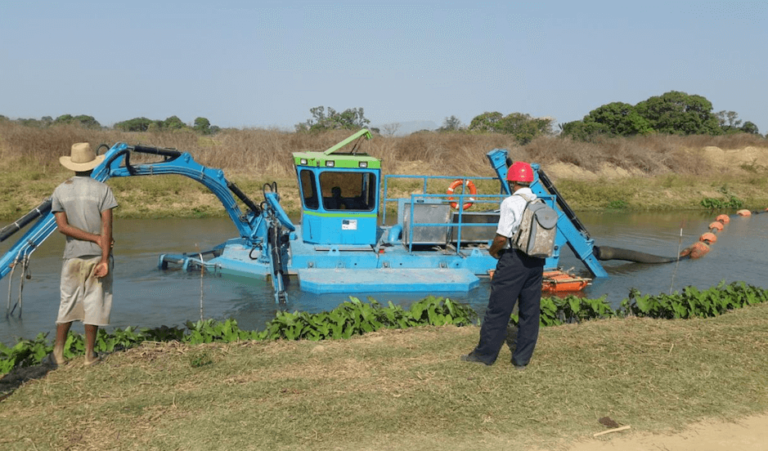
Case study: Effective water management – BERKY POSEIDON desludging boat protects against the risk of flooding.
In this case study, we show the use of our BERKY POSEIDON to protect against flooding in Madagascar.
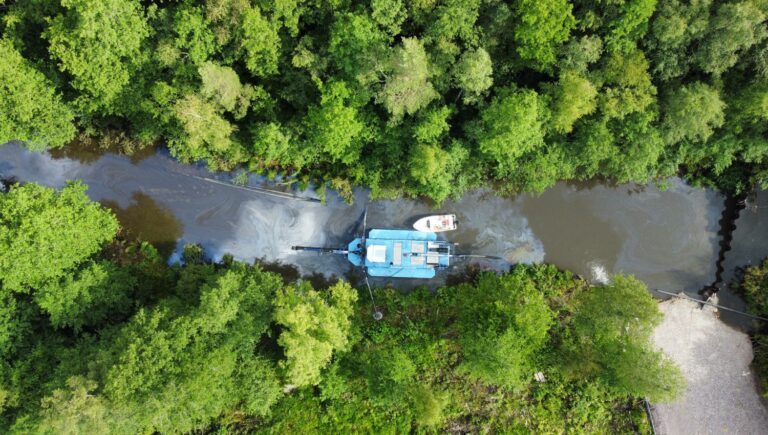
Remediation of old industrial sites: Removal of contaminated sludge
In Åsbro, Sweden, ProGroupe used the BERKY POSEIDON 770 to remove 16,000 m³ of contaminated sediment, restoring water quality with GPS-guided dredging and geotextile filtration technology.
Lake Restoration FAQ
Methods, Equipment and Best Practices
What’s the best way to get rid of lake weeds and muck?
The most effective approach depends on the size, condition, and usage of your lake or pond. In general, a combination of vegetation removal and sediment management delivers the best results. This can include removing invasive plants, clearing built-up organic material, and restoring natural water flow. Long-term success comes from regular maintenance and well-planned lake restoration measures rather than one-time efforts.
What’s the difference between manual and mechanical lake weed removal methods?
Manual lake weed removal works for small areas or short-term use but struggles with dense or recurring growth. Mechanical removal, using tools like a lake weed cutter or harvester, is more efficient and scalable – ideal for larger or ecologically stressed water bodies.
When is it appropriate to use lake weed removal equipment?
Lake weed cutters and removal machines help manage invasive aquatic plants at the surface and below. They restore ecological balance without harming the environment and are especially effective where manual methods fail. As part of professional lake restorations, they support long-term pond and lake health in both shallow and open water areas.
How does dredging a pond help prevent flooding?
Over time, ponds and lakes accumulate sediment, which reduces their depth and water-holding capacity. During heavy rainfall, this can lead to overflow, erosion, and localized flooding. Dredging a pond removes excess sediment and restores depth, improving water storage, increasing flow capacity, and reducing the risk of flooding, especially in urban or agricultural areas.
Is lake weed removal safe for wildlife?
Yes – when planned and executed correctly, lake weed removal is safe and even beneficial for wildlife. Removing overgrown or invasive vegetation improves oxygen levels, light penetration, and habitat diversity. Mechanical removal methods are especially eco-friendly, as they avoid the use of chemicals and target only the problem areas, helping to restore a balanced and healthy aquatic environment.
What are the signs that my lake needs restoration?
Common signs include excessive weed growth, unpleasant odors, murky or discolored water, and visible sediment buildup. You may also notice declining fish populations, algae blooms, or reduced water depth. These issues often indicate that the lake’s natural balance is disturbed, making lake restoration necessary to prevent further ecological and structural damage.
How often should a lake or pond be cleaned or restored?
The frequency depends on the lake’s size, use, and surrounding environment. As a rule of thumb, pond and lake cleaning should be assessed every few years. Minor maintenance can be done annually, while larger lake restorations may be needed every 5–15 years, especially if sediment, invasive weeds, or water quality problems persist.
How long does a typical lake restoration project take?
Project duration varies based on the scope and size of the lake or pond. Small-scale cleaning or weed removal may take a few days, while full lake restorations including dredging and shoreline work can extend over several weeks. Planning, permitting, and environmental assessments may also affect the timeline.
Do restored lakes require ongoing maintenance?
Yes. A restored lake is healthier and more stable, but like any ecosystem, it benefits from regular care. Ongoing monitoring, light pond and lake cleaning, or selective weed removal helps maintain depth, water quality, and biodiversity, reducing the need for large interventions in the future.
Which lake weed removal machine is right for my project?
The right machine depends on several factors: the type and density of vegetation, water depth, shoreline conditions, and the size of the area to be maintained. BERKY offers a wide range of solutions – from compact cutting boats to large mechanical harvesters. To help you find the best fit for your needs, try the BERKY Product Configurator – a quick and easy way to identify suitable equipment based on your project parameters.
Can I get a cost estimate before starting a lake restoration project?
Absolutely. To provide an accurate estimate, we consider factors like water size, vegetation type, sediment level, and accessibility. Use the BERKY Product Configurator to outline your project needs and get a tailored recommendation, including the most suitable equipment and indicative pricing or contact us directly through our contact form down below.
Berky Products
For a clean world
Professional machines for watercourse maintenance and care. With hand-guided equipment, self-propelled machines as well as mowing and collecting boats for clean waters.
With BERKY, you have the right machine manufacturer at your side.
